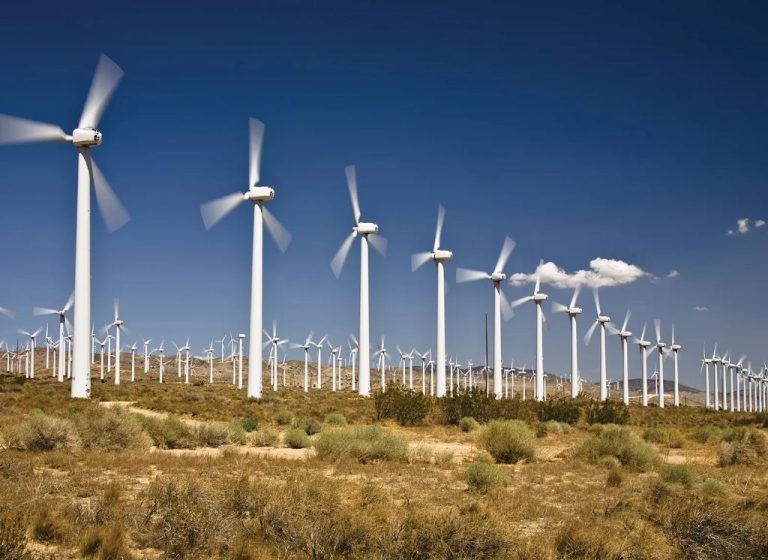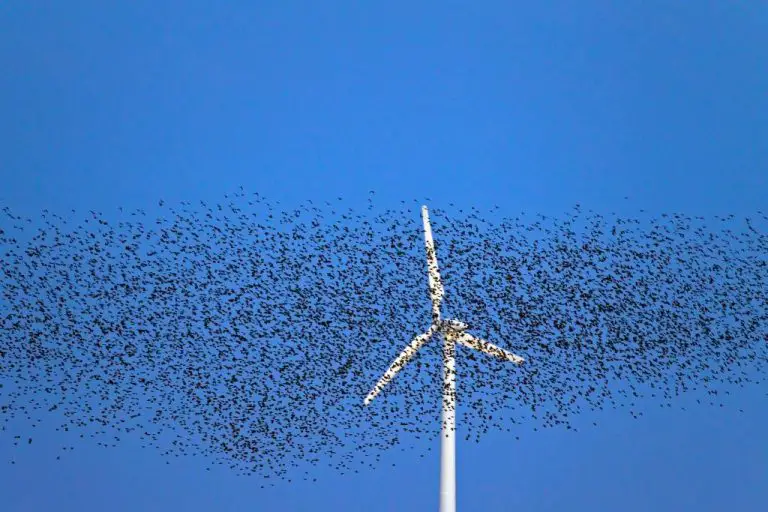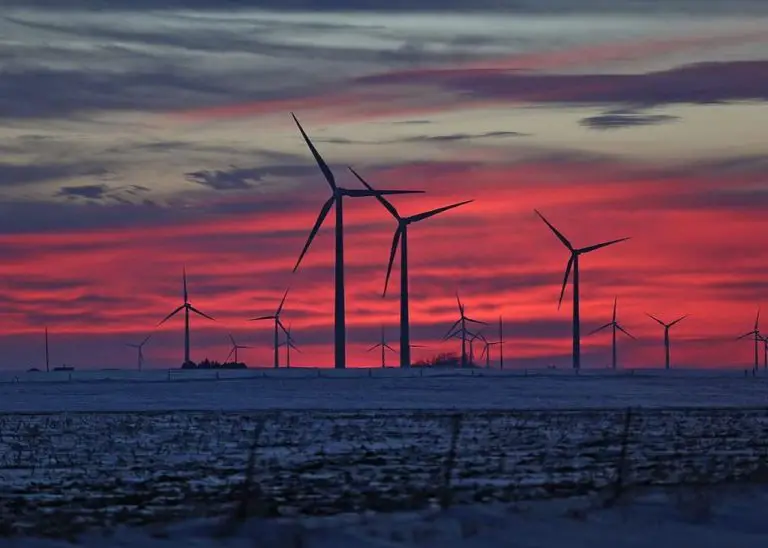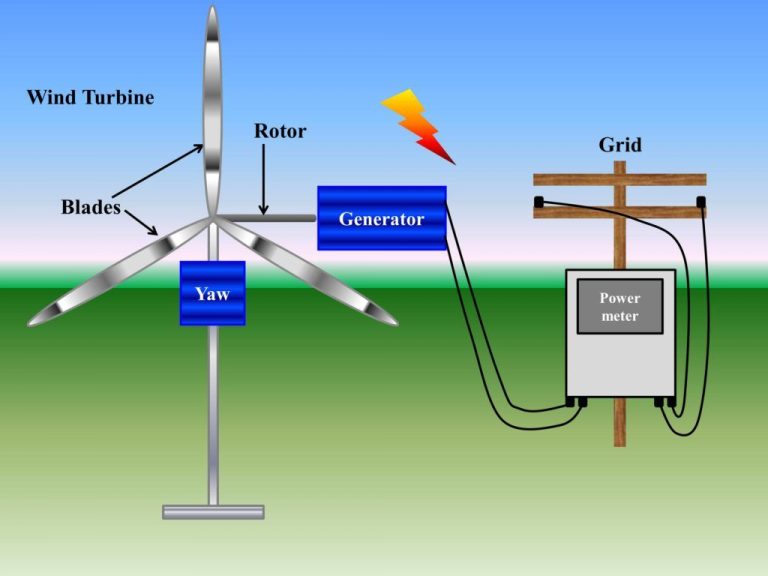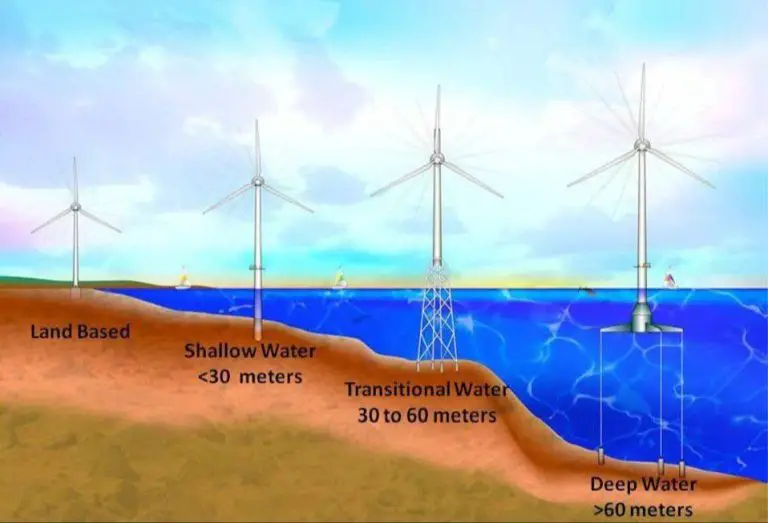What Is Wind Law?
Wind law refers to the regulations, policies, and laws that govern the wind energy industry. It encompasses areas like zoning, permitting, taxation, transmission issues, environmental regulations, and more. Wind law developed as the use of wind power expanded, with the goal of balancing the growth of wind energy with other public interests.
The purpose and goals of wind law are to facilitate the development of wind energy in a responsible manner. Specific objectives include streamlining the permitting process, providing financial incentives, ensuring safety and environmental standards, regulating aesthetics and siting, addressing transmission barriers, and gaining public acceptance. With the growth of wind power, policymakers aim to maximize its benefits while minimizing conflicts through carefully crafted legislation.
Key Principles
There are several key principles that guide wind law and regulations in the United States. These include zoning restrictions, permitting processes, environmental regulations, and tax incentives.
Zoning restrictions regulate where wind turbines can be located through municipal ordinances and land use plans. According to the Department of Energy’s WINDExchange, “Ordinances regulate aspects of wind projects such as their location, permitting process, and construction and provide clarity to wind developers and the public.” Common zoning regulations include minimum setbacks from property lines, maximum height limits, noise standards, and aesthetic requirements.
Permitting processes for utility-scale wind turbines vary by jurisdiction but often require approvals related to land use, construction, aviation, environmental impacts, and electrical connections. The Bureau of Ocean Energy Management (BOEM) handles offshore wind permitting for projects in federal waters. The permitting process aims to evaluate and mitigate environmental impacts and ensure adequate public input.
Wind projects must comply with numerous environmental regulations at the federal, state, and local levels. Key laws include the Endangered Species Act, the Migratory Bird Treaty Act, the Bald and Golden Eagle Protection Act, and National Environmental Policy Act. Reviews assess threats to wildlife, habitats, and ecosystems.
Tax incentives like the federal Production Tax Credit and Investment Tax Credit have accelerated wind energy growth by offsetting costs. Many states also offer incentives for renewable energy projects in the form of tax credits, grants, rebates, loans, and exemptions from property taxes.
Zoning and Permitting
Wind energy projects require careful zoning and permitting at all levels of government. According to the WindExchange, local ordinances regulate aspects of wind projects such as their location, permitting process, and construction and provide clarity to wind developers and the public (https://windexchange.energy.gov/projects/permitting). At the local level, the primary permitting jurisdiction is often the planning commission, zoning board, city council, or county board. Typical zoning requirements include setbacks, noise limits, shadow flicker limits, and aesthetic conditions (https://www.windustry.org/community_wind_toolbox_6_permitting_basics).
At the state level, key agencies are involved in permitting wind farms, such as departments of environmental protection. States may have siting guidelines or model ordinances to guide local permitting. At the federal level, the FAA regulates impacts on radar and aviation, while the Department of Interior oversees permitting on public lands and offshore wind. The nuclear regulatory commission also oversees wind farms’ impacts on nuclear facilities. Overall, the permitting process involves zoning approvals, environmental reviews, public hearings, mitigation plans, and post-construction monitoring.
Environmental Regulations
Wind energy projects must comply with environmental regulations to assess and minimize their impact. Before construction, developers must conduct environmental impact assessments to identify potential effects on wildlife, vegetation, land, water, air quality and more. These assessments help determine optimal turbine locations and strategies to protect local ecosystems.
Particular attention is paid to endangered species and sensitive habitats. Turbines can pose collision risks for birds and bats, so wind farms avoid key migration routes and nesting areas. Acoustic monitoring also ensures turbine noise meets required decibel limits to minimize disturbance.
In the UK, onshore wind farms undergo rigorous environmental assessments to comply with regulations like the Site of Special Scientific Interest (SSSI) designation. Environmental agencies continue monitoring turbines once operational to uphold standards.
Tax Incentives
The federal government provides tax incentives to encourage the development of wind energy. The main federal incentives are the Production Tax Credit (PTC) and the Investment Tax Credit (ITC) (Production Tax Credit and Investment Tax … – WINDExchange). The PTC provides a per-kilowatt-hour tax credit for electricity generated by qualified wind energy facilities. The ITC allows owners of new wind projects to take a one-time tax credit based on capital investment costs. The PTC and ITC have helped drive substantial growth in wind energy over the past decades.
Many states also offer production incentives, personal tax credits, property tax incentives, sales tax incentives, and other programs to promote wind energy (Wind Energy Financial Incentives – WINDExchange). For example, Oregon offers a production incentive of $1 per megawatt-hour generated by certified wind projects. Texas provides property tax abatements for renewable energy systems. These state-level policies complement federal incentives to make wind energy economically attractive.
Going forward, tax incentives will continue to play a vital role in meeting state renewable energy goals and transitioning the nation’s electricity sector to carbon-free sources like wind. Extending and expanding federal tax credits has broad bipartisan support in Congress and from the wind industry.
Transmission Issues
One of the biggest challenges for scaling up wind energy is building out the transmission infrastructure to connect wind farms to the electrical grid. Wind farms are often located in remote areas far from existing transmission lines. Building new transmission lines requires obtaining right-of-way access across private and public lands, which involves complex permitting and regulatory processes. According to the U.S. Department of Interior, wind energy lessees are entitled to easements to connect to the grid under federal regulations in order to provide full project development (https://www.doi.gov/ocl/renewable-energy-transmission-infrastructure). However, the interstate planning and permitting process for transmission lines can take years and involves navigating different state and local zoning laws. Upgrading and expanding transmission infrastructure is critical for integrating large amounts of wind power onto the grid. States and utilities are exploring new regulatory models and grid technologies to improve transmission capabilities for renewable energy (see https://stateline.org/2023/01/25/states-reimagine-power-grids-for-wind-and-solar-future/). Overcoming the legal and regulatory hurdles around transmission infrastructure remains an ongoing challenge in scaling wind energy nationwide.
Aviation and Radar
Wind turbines can interfere with aviation radar systems, impacting air traffic control and airplane navigation. The large structures and rotating blades of wind turbines reflect radar waves, producing clutter or false returns on air traffic control radar screens 1. This can make it difficult for air traffic controllers to accurately detect and track aircraft near wind farms.
There are a few ways to mitigate wind turbine interference with aviation radar 2:
- Careful wind farm siting and layout design to minimize radar impacts
- Reconfiguration or replacement of affected radar systems
- Installation of infill radar systems to fill coverage gaps
- Upgrades to radar processing software to filter out wind turbine interference
Ongoing research aims to better understand and reduce the effects of wind turbines on aviation radar. With proper planning, design, and mitigation strategies, critical aviation safety and air navigation capabilities can be maintained.
Aesthetic Concerns
Wind energy projects can raise concerns over aesthetic impacts, especially relating to preserving scenic vistas. Large wind turbines can dominate the viewshed and detract from natural landscapes that local residents value. According to the U.S. Department of Energy’s WINDExchange, “Visual impact analyses can accurately portray how wind turbines affect aesthetics and help local residents better understand what a project might look like …” (https://windexchange.energy.gov/projects/viewshed).
There are also concerns over the uniform look of large wind farms, with dozens or hundreds of turbines looking identical. Research has examined appropriate setback distances and other strategies to minimize visual impact. For example, a U.S. Department of Energy report found that “Wind turbines located at a distance of 8 kilometers (km) or more from the viewer appeared as relatively small, thin vertical lines…” (https://blmwyomingvisual.anl.gov/docs/WindVITD.pdf). Careful siting and design can help wind projects blend into the landscape.
In addition, flickering light effects as turbine blades rotate is another aesthetic issue. Proper placement and use of non-reflective coatings can reduce this problem. Overall, with thoughtful planning and community engagement, many aesthetic concerns over wind projects can be adequately addressed.
Public Acceptance
One of the major concerns surrounding wind farms is gaining public acceptance from local communities. Many residents living near proposed wind farm sites express apprehension about noise generated by the turbines. Studies show that wind turbine noise can negatively impact locals and reduce support for wind energy projects (https://www.sciencedirect.com/science/article/pii/S0301421522000726).
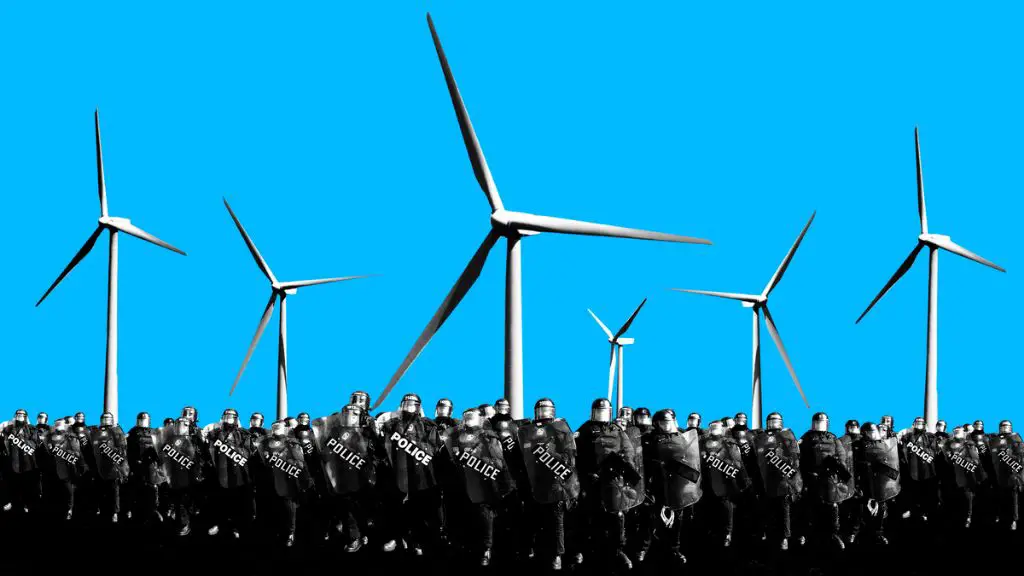
Noise complaints are one of the most common reasons communities oppose wind farm developments. The sound emitted from turbine blades spinning can cause annoyance and stress for nearby residents (https://www.ncbi.nlm.nih.gov/pmc/articles/PMC5551191/). This “not in my backyard” or NIMBY mentality presents challenges for wind energy growth.
Steps can be taken to mitigate noise concerns through proper siting, setbacks, and noise reduction technology on turbines. Developers must engage openly with communities about the real and perceived effects of wind farms. Through education, dialogue, and addressing local concerns, public acceptance can improve over time.
Future of Wind Law
The future of wind power in the United States looks bright, with ambitious goals set by the federal government for offshore wind development. According to the U.S. Department of Energy’s report Advancing Offshore Wind Energy in the United States, the Biden administration aims to deploy 30 gigawatts (GW) of offshore wind energy capacity by 2030. To support this goal, the Department of the Interior has been actively approving new offshore wind leases and projects, such as the recent approval of the Empire Wind project.
The DOE report also highlights a target of deploying 15 GW of floating offshore wind capacity by 2035. Floating wind turbines allow access to the immense wind resources in deeper waters farther from shore. This emerging technology is expected to play a major role in helping the U.S. achieve its ambitious offshore wind goals.
Onshore wind will also continue expanding, aided by federal tax incentives and state renewable portfolio standards. According to the DOE’s 20% Wind Energy by 2030 report, wind power has the potential to supply 20% of U.S. electricity by 2030. While an ambitious target, continued technology improvements and declining costs for wind energy make this a possibility.
In summary, the future of wind power law and policy will likely focus on supporting ambitious national offshore and onshore wind development goals, integrating larger amounts of wind energy onto the grid, updating project siting and permitting frameworks, and fostering public acceptance of the wind industry’s rapid growth.

